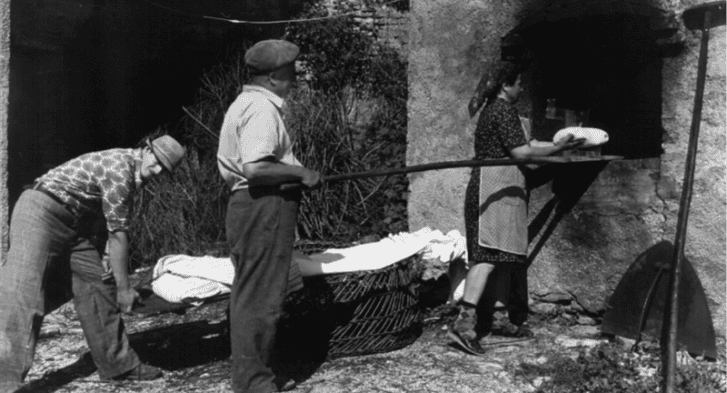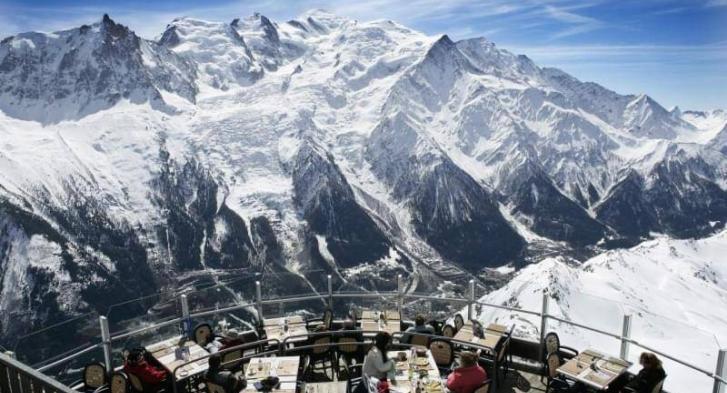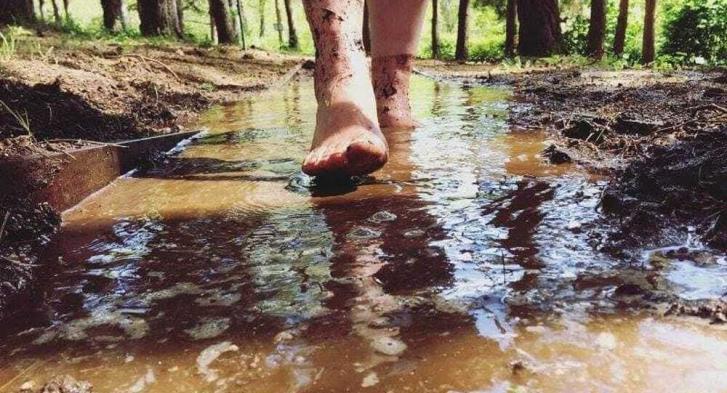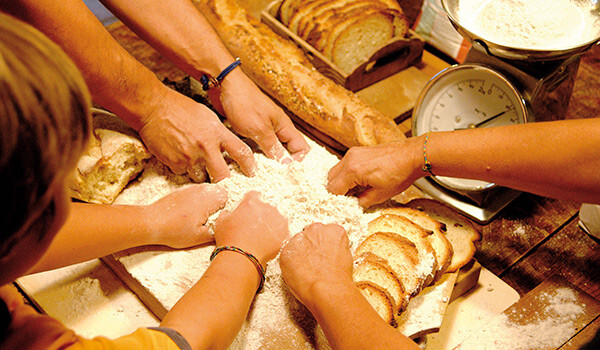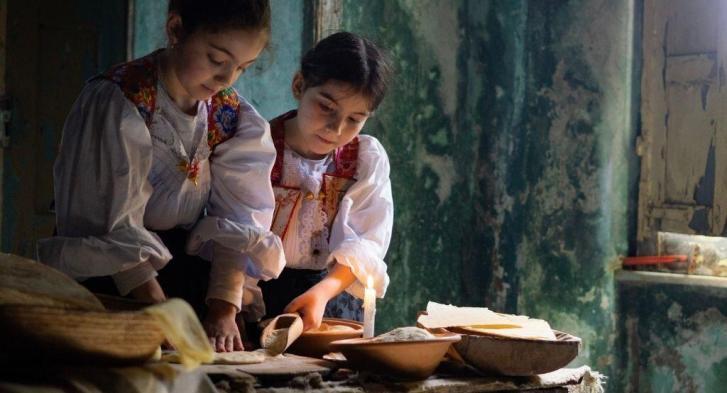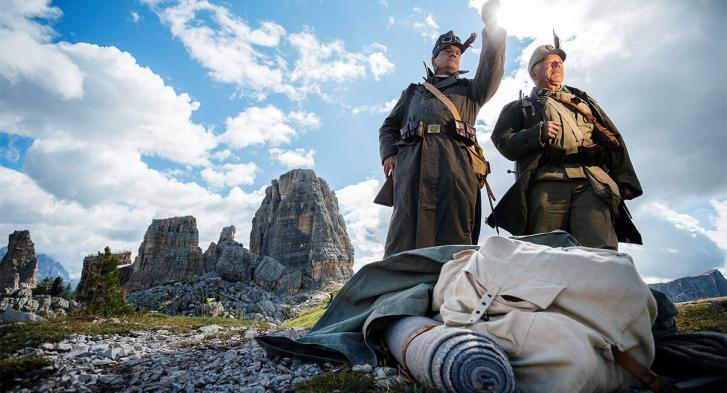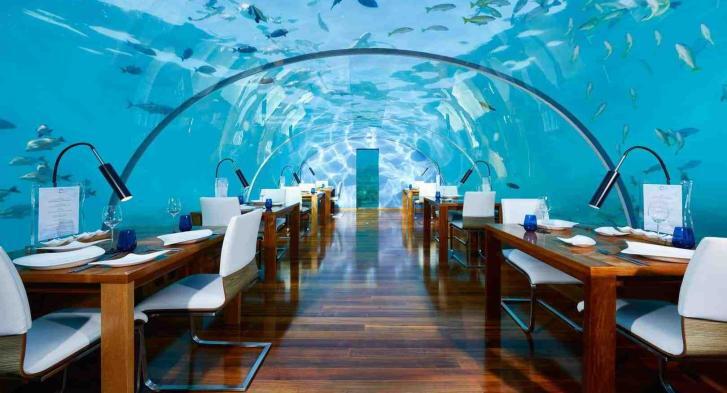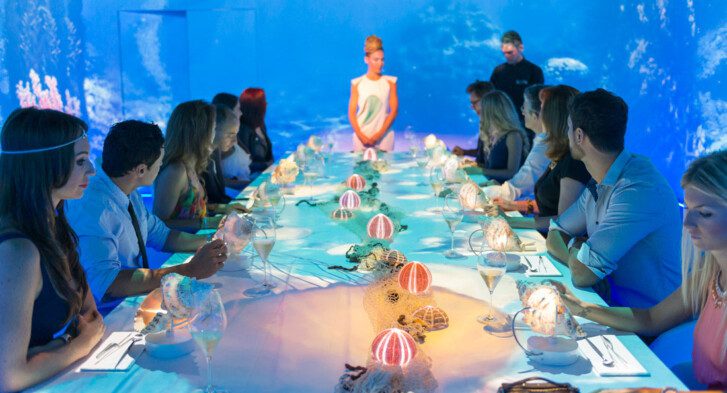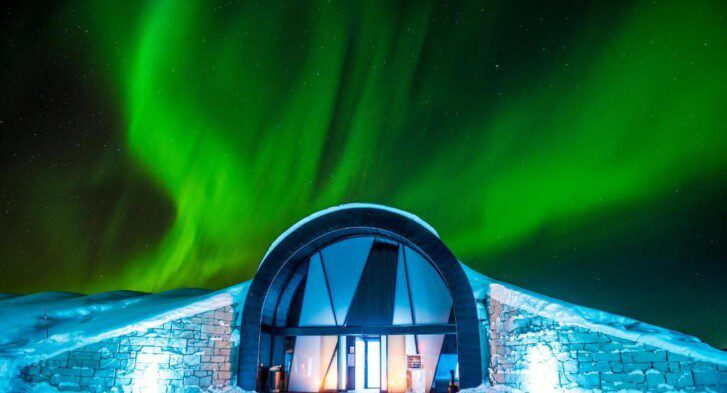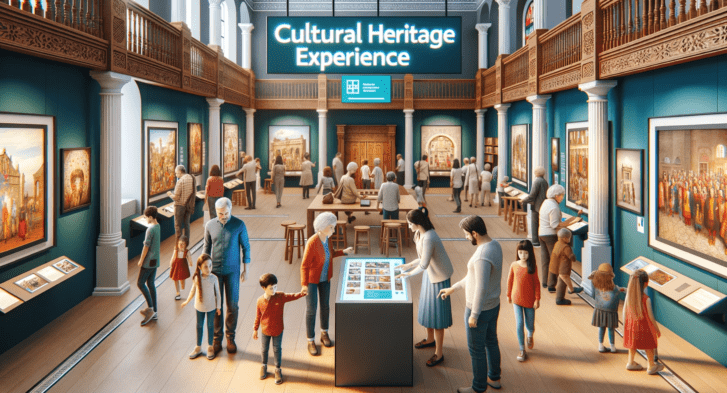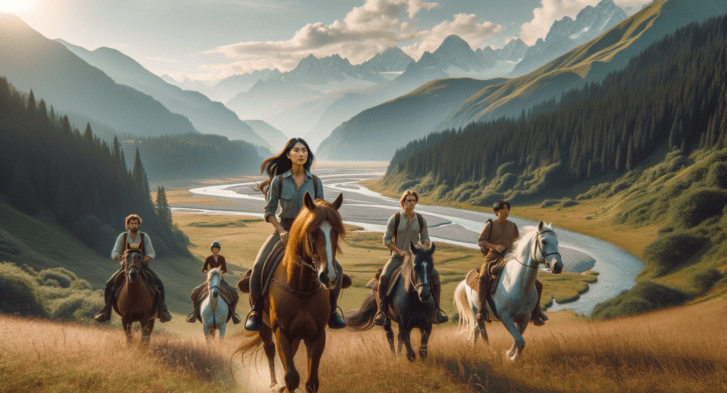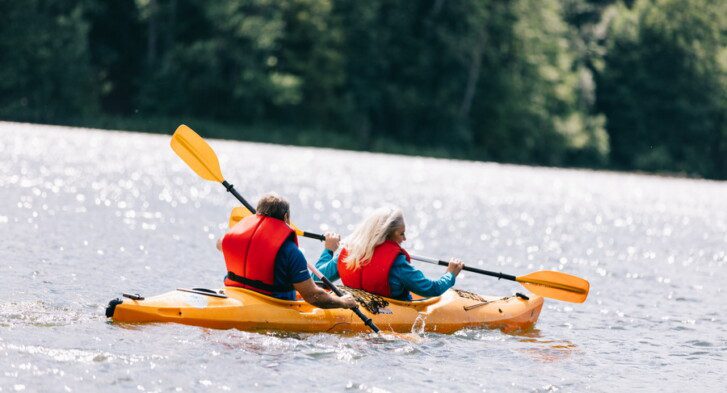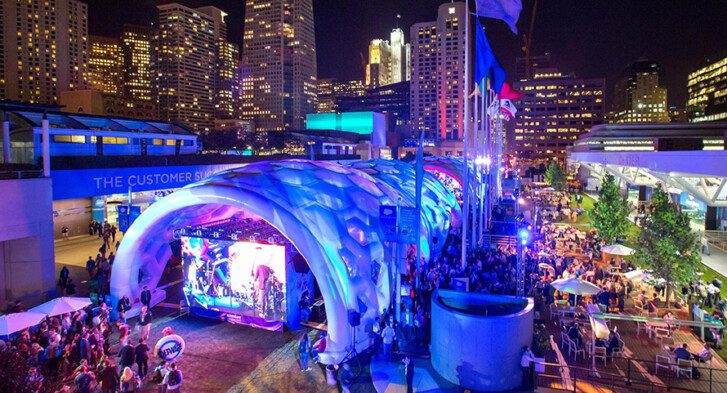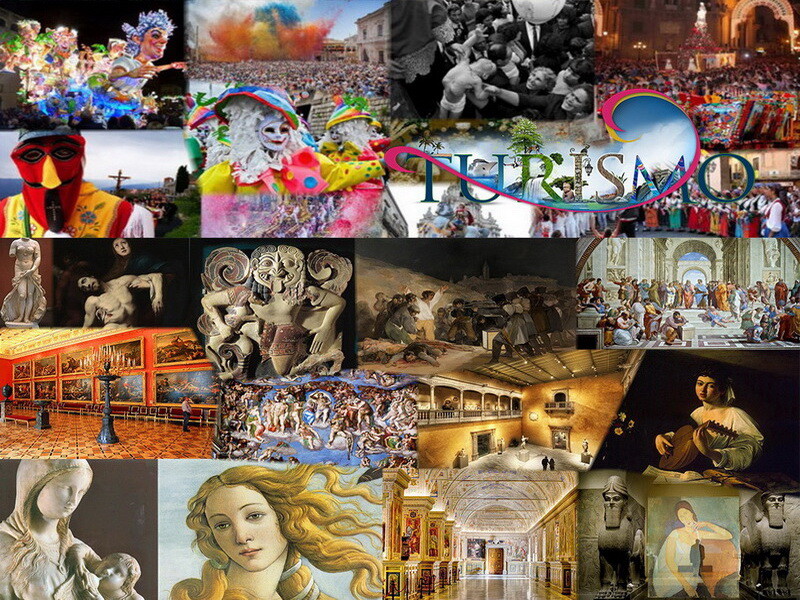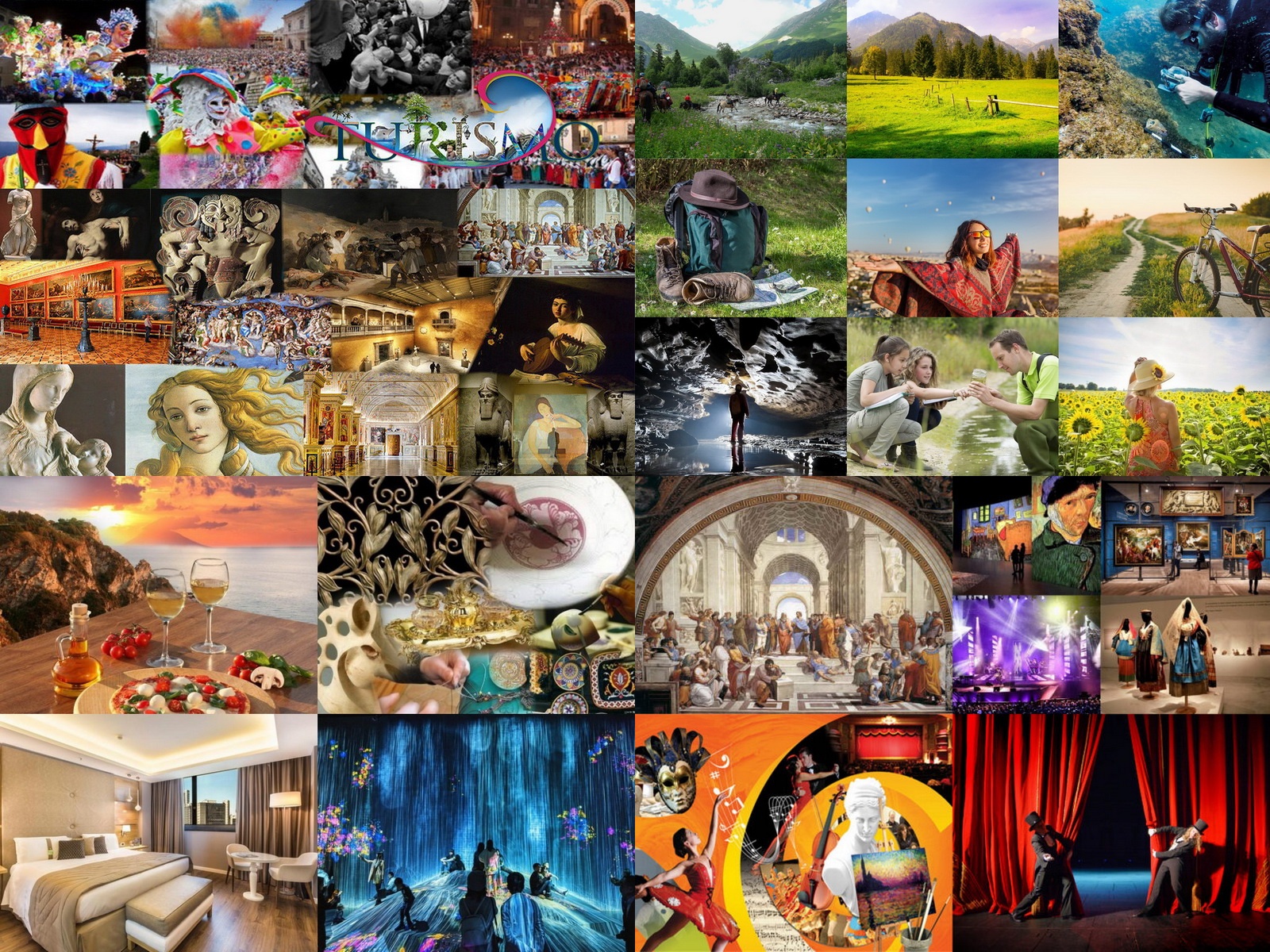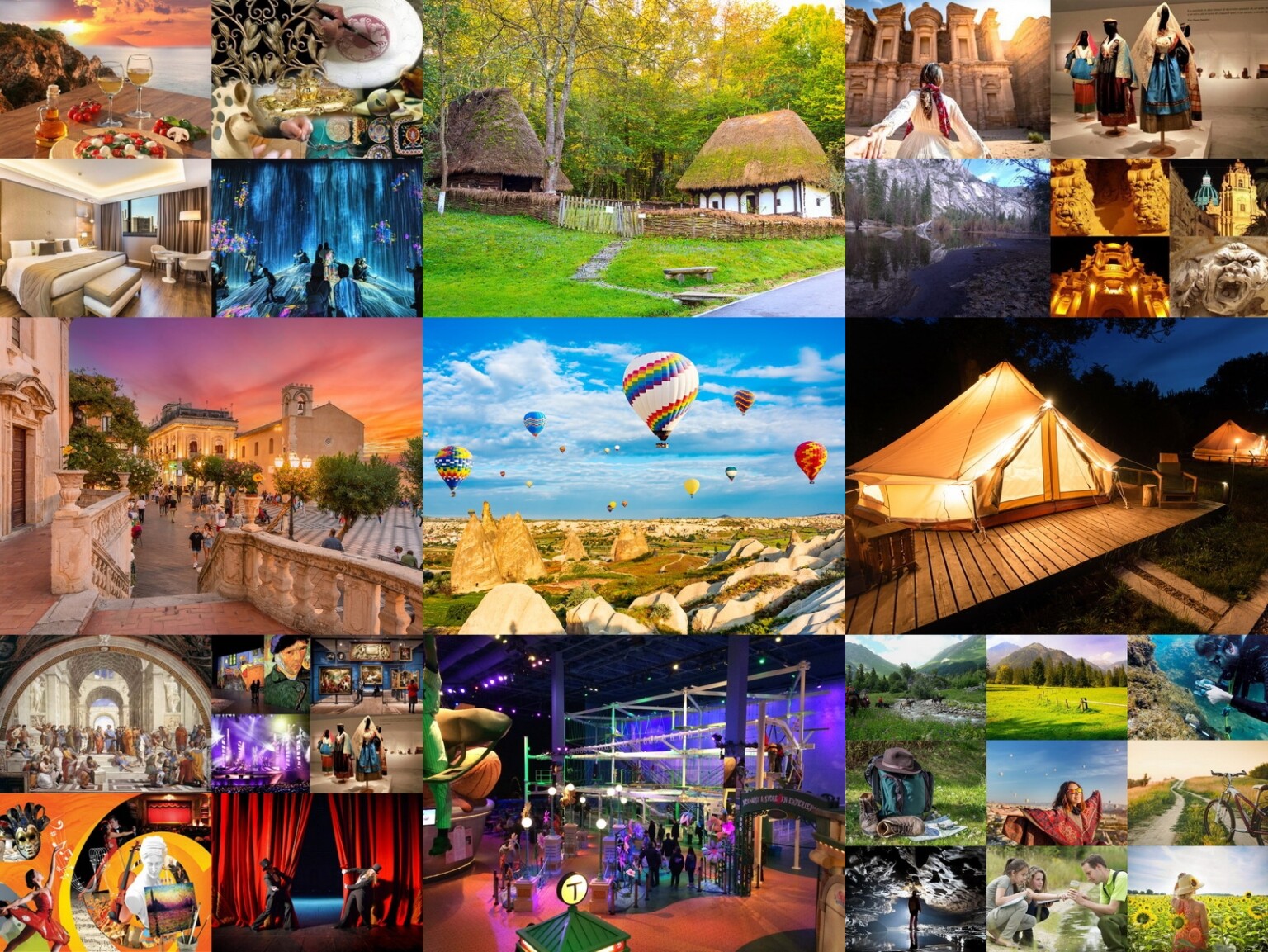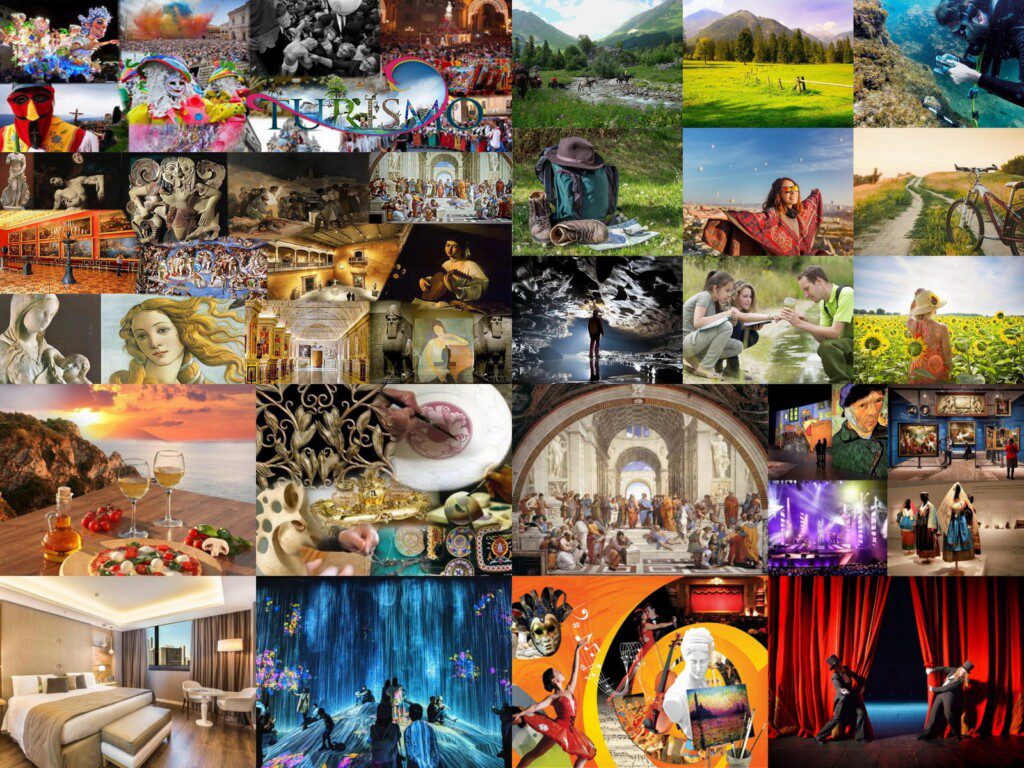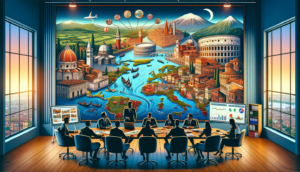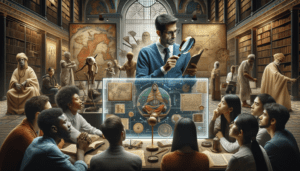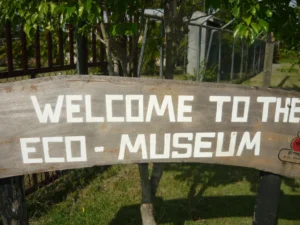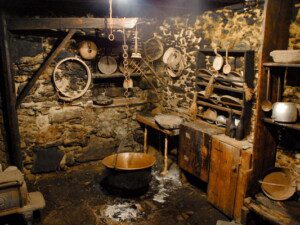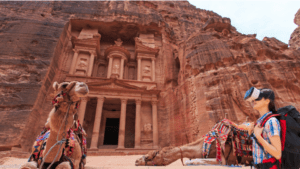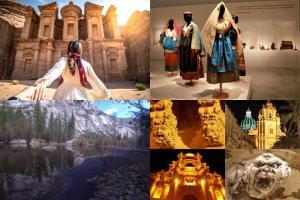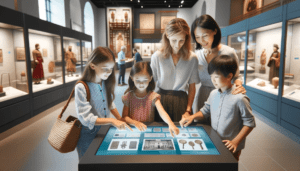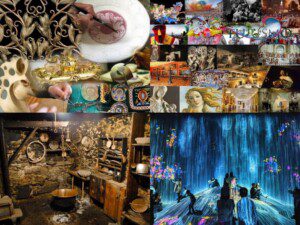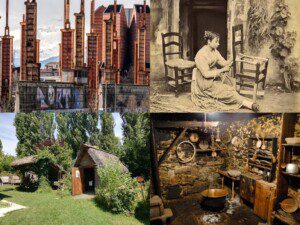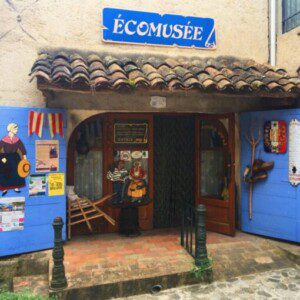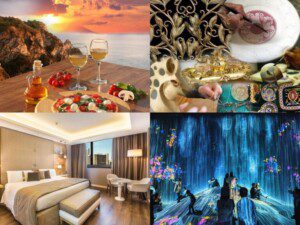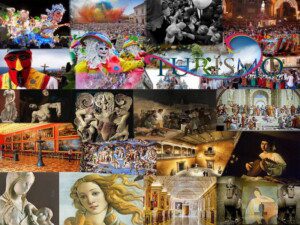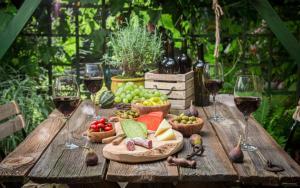Experiential Tourism: Reality or convenient label?
by Ignazio Caloggero
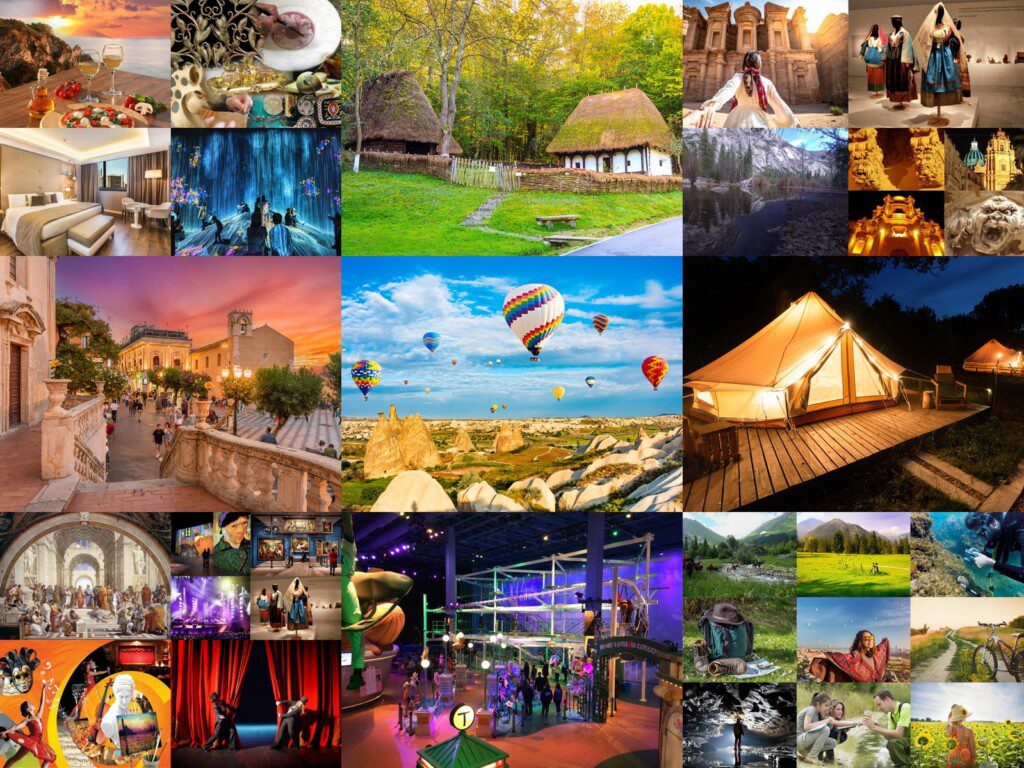
The origin of wisdom is the definition of terms
(Socrates)
Reference page: Special “Tourism and Experiential Marketing”
Premise: Be careful with the easy ones Labels
A phrase attributed to Benedetto Croce is the following: “Art is what everyone knows what it is,” paraphrasing Croce we could say that "Experiential Tourism is what everyone knows what it is" but an all-encompassing definition leaves room for all interpretations, even convenient ones, which would allow the term "Experiential Tourism" to be used as a simple label to be attached to the need , perhaps to justify the prices of their offers.
Therefore, in light of the often uncontrolled and unregulated diffusion of the phenomenon that sees "tourist offers" in the foreground, it is useful to identify the elements that distinguish a real experiential offer from a simple tourist offer that only bears the label of experiential. This is important not only for the tourist who has to choose among the countless offers available, but also for tour operators who intend to offer real, quality experiential tourism; It is therefore necessary to give an unambiguous answer to the following questions:
- What is Experiential Tourism? (Definitions)
- What are the features which identify the experiential offer? (The 10 Principi)
- To what types of activities can experiential principles be applied? (Repertoire of experiential activities)
- What professional skills are needed? (Experiential skills)
- How to evaluate the quality of experiential offers? (Experiential Quality Seal)
In this article I will try to answer the first three questions, referring to other articles for the last two.
1. What is Experiential Tourism
For some years now, what is called "Experiential Tourism" has been establishing itself. The Strategic Tourism Plan (PST) 2023-2027 also takes note of this, introducing, within the cultural tourism sector, a specific chapter concerning experiential tourism. The Concept of Experiential Offer concerns not only the Cultural Tourism sector or the high-end sector but, with the exception of the transport sector, it transversally concerns all the other sectors where tourist offers are proposed in their various possible declinations.
We are witnessing a cultural evolution of what concerns tourist use. We move from a tourist package where the tourist has the role of a (passive) spectator, to a tourist offer where the tourist becomes the main (active) actor of the same offer. In new forms of tourism, the tourist package, sometimes understood as a set of tourist services (welcome, accommodation, catering, entertainment, transport, etc.), is essentially made up of the same emotions experienced by the customer. The tourist offer tends to transform itself more and more into a real life (and educational) experience, capable of involving the guest emotionally, intellectually and physically. In essence, tourist demand shifts from the classic "what do you offer me" to "what do you make me feel".
We could say, in principle, that every tourist offer in itself is capable of making us feel emotions and making us learn something: therefore we could classify all tourist offers as "experiential offers", as they are capable of involving us on an emotional level, physical and intellectual or make us learn something (not necessarily in positive terms) but it would just be a way of sharing experiences, which often have little in common between them.
The sector bibliography does not provide a formal and unambiguous definition of experiential tourism, I will try to provide one, starting from some basic concepts.
Experience: memorable events that involve individuals on a personal level [Pine and Gilmore – 1999].
“The more effectively an experience engages the senses, the more memorable it will be” [Pine and Gilmore – 1999].
Multisensory experiences: Experiences that involve multisensory involvement (involvement of multiple senses including: sight, hearing, touch, smell, taste)
Cultural experience: Experience multisensory that allows you to deepen your knowledge of elements of local identity" (Ignazio Calogero – 2019)
Experiential offer: when experience is the primary object of the offer.
Experiential Tourism: when the tourist offer includes one or more experiential offers.
But it is on some principles that we will see shortly, that the real terminological basis is found and on which the phenomenon of experiential tourism is based.
In some cases we witness experiences which, although born as an accessory tool for the sale of goods and services (Experiential Marketing), take on a tourist appeal precisely due to their emotional value.
A point to start from is to identify the different types of experiential activities, in this regard the Repertoire of Experiential Activities comes in handy.
2. What are the characteristics that identify the experiential offer (The 10 Principles)
An experiential path should respect a series of principles that characterize it, here they are:
-
- Multisensory: The experiential path must include multisensory activities (involvement of the senses: sight, hearing, touch, smell and, where possible, taste)
- Cultural Approach (Local Identities): The experiential path must allow to deepen the knowledge of elements of local identity
- Uniqueness: the experiential path must have characteristics of uniqueness
- Relational approach (centrality and uniqueness of people): the experiential path must be based on human relationships
- Direct participation: the experiential path must foresee the direct participation of the guest in some activities
- Experiential learning: the experiential path must include a learning phase through the direct participation of the guest in some activities
- thematic approach: each path will have to be built starting from a theme that characterizes it and which constitutes its common thread
- aesthetic approach: the aesthetic approach is one of the elements, together with that of direct participation, at the basis of the concept of "immersion". The events that constitute "the staging of the experience" must be designed in such a way as to give importance to all the aspects that can influence the aesthetics: the atmosphere, the sense of beauty, the place chosen for the experience, the plot (screenplay) which must be consistent with the chosen theme and the identified place.
- Entertainment: the experiential path should also include moments of entertainment that enrich the experience and make it pleasant.
- Immersion: The principle of immersion is actually the direct consequence of the application of the principles of multisensoriality, direct participation and aesthetic approach. Immersive techniques can be implemented in order to create a scenic environment that sees the participants immersed in a multisensory context.
The levels of Experience are linked to the level of application of these principles.
Experience (mainly commercial in nature)
- Experience (First Level): Multisensory experience, which presents unique characteristics” (principles 1, 3)
- Authentic Experience (Second Level): “Multisensory, unique experience, based on human relationships, which involve the direct participation of guests, and based on a thematic approach” (principles 1, 3, 4, 5, 7)
- Full Experience (Third Level): “Multisensory, unique, thematic and immersive experience, based on human relationships, which involves the direct participation of guests in the activities that constitute the experience itself” (principles 1, 3, 4, 5, 7, 8, 9, 10)
Cultural experiences
- Cultural Experience (First Level): “Multisensory experience that allows you to deepen your knowledge of elements of local identity” (principles 1, 2, 3)
- Authentic Cultural Experience (Second Level): Multisensory, unique experience, based on human relationships, which allows the understanding of elements of local identity through direct participation in the activities that constitute the experience itself" (principles 1, 2, 3, 4,5, 6, 7, XNUMX)
- Full Cultural Experience (Third Level): Multisensory, unique, thematic and immersive experience, based on human relationships, which allows the understanding of elements of local identity through direct participation in the activities that constitute the experience itself" (principles 1, 2, 3, 4, 5, 6, 7, 8, 9, 10 )
Unlike what I have done in the past, I wanted to distinguish predominantly commercial experiences from purely cultural ones, depending or not on the involvement, in the offer, of aspects relating to local identities (Cultural Heritage).
3. What are the types of experiential activities (Repertoire of experiential activities)
Non-exhaustive list of experiential activities extracted from Repertoire of Experiential Activities to which please refer for further information
- Dinner Experience (DIE): Food and wine experiences
- Show Cooking Experience
- Sensory Dinner Experience
- Location Dinner Experience
- Narrative Dinner Experience
- Dinner Show Experience
- Art Dinner Experience
- School Dinner Experience
- Guest Experience (GUE): Experience related to the hospitality sector
- Sensory Guest Experience
- Narrative Guest Experiences
- Location Guest Experience
- Seaside Village Experience
- Farmhouse Experience
- Glamping Experience
- Integrative Guest Experiences
- Cultural Heritage Experience (CHE): Experiences related to Cultural Heritage
- Food and Wine Experience
- Heritage Sides Experience
- Intangible Cultural Heritage Experience
- Cultural Expositive Experience
- Museum/Ecomuseum Experience
- Immersive Art Experience
- Cultural Entertainment Experience
- Cultural Learning Experience
- Heritage Interpretation Experience
- Roots Tourism Experience
- Open Air Experience (OAE): Experiences in close contact with nature or outdoors, also known by the term Outdoor Experience
- Trekking and Hiking Experience
- Bike Experience
- Diving Experience
- Speleology Experience
- River Experience
- Horse Experience
- Donkey Experience
- Animal Experience
- Marine Life Experience
- Flight Experience
- Fishing Tourism Experience
- Wellness Experience (WLE): Experiences related to psycho-physical well-being.
- Entertainment and Show Experience (ESE): Playful experiences in the various sectors of tourism and leisure
- Sports Experience (SPE): Experiences related to sporting activities: Activities where guests participate actively by practicing sports themselves.
- Experiential Marketing (EMA): Experiences mainly of a commercial nature offered by shops, shop centers, eat & drink, etc.
The classification of experiential activities should not be seen in a strict sense as a type of experience can fit into more than one category. For example, Glamping Experiences and in some cases Farmhouse Experiences are also considered Open Air Experiences which in the current revision of the repertoire of experiential activities, for practical reasons and to highlight the aspect linked to hospitality, have been included within of the Guest Experience category. The same goes for Sport Experiences, in particular for those sports in direct contact with nature for which I have currently foreseen their own category. However, the Open Air Experience has close contacts with many other open field experiences included in other categories (Dinner Experiences in the trees or in the midst of nature, Cultural Heritage Experiences and Wellness Experiences in naturalistic sites, etc.)
In many cases the relationship between the different types of experiences is very close as in the case of the Seaside Village Experiences (Ichthyic tourism), Dinner Experiences, Guest Experiences and Open Air Experience (Fishing tourism) the placement in one or the other category was a also a choice of convenience, trying to take into account, in the presence of multiple approaches, the prevailing one. In future revisions, further categories or subcategories may be added, just as there may be shifts between one category and another.
- In the continuation of the discussion, the term will be used percorso, preferring it to the end offering to underline the fact that a route is a set of activities linked to each other, which aim at a specific purpose but which do not necessarily have to be configured as a tourist offer.
To learn more about the topics covered in this article:
Books:
- Experiential Pathways and Cultural Heritage Interpretation Vol. 1: Origins and Theoretical Principles (free downloadable volume)
- Tourism and Experiential Marketing: Principles, Case Studies, Experiential Quality Seal, Skills and Professional Profiles (free downloadable volume)
Online courses
- SPE100: Introduction to Experiential Pathways (25 hours online)
- SPE120: Experiential Tourism and Marketing – Basic Course (28 hours)
For further information on the individual principles and the visualization of operational examples, see the following sheets.
Ignazio Caloggero – President of AIPTOC – Italian Association of Tourism Professionals and Cultural Operators. Association included in the List of Professional Associations that issue the Certificate of quality and professional qualification of Services, of the Ministry of Business and Made in Italy (ex MISE) – info@aiptoc.it
In-depth sheets on Experiential Principles
Experiential Activities Sheets (Experiential Activities Repertoire)
Featuring Now
Featured training
Basic courses
Thematic courses on the Design of Experiences
Courses with Professionalizing Certification pursuant to Law 4/2013


